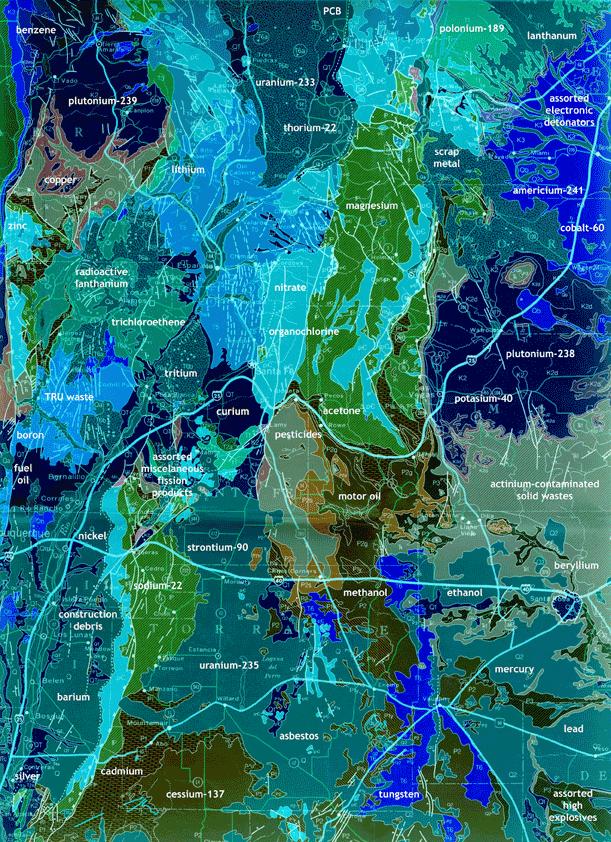Visiting Environmental Artist Eve Andrée Laramée: Fluid Geographies
Eve Andrée Laramée, Professor of Interdisciplinary Sculpture, Maryland Institute College of Art has been exploring the mutable, triadic relationship between art, science and nature for over twenty years.
“I am interested in the ways in which cultures use science and art as devices or maps to construct belief systems. Through my work I speculate on how human beings contemplate and consider nature through both art and science in a way that embraces poetry, absurdity, contradiction and metaphor.”
Her work has been exhibited throughout the United States and in Europe, including exhibitions in New York, England, Germany, Italy, Switzerland, France, Israel, Poland, China and the Czech Republic. Her work has been exhibited at the Venice Biennale, Mass MOCA, the Museum of Contemporary Art, Chicago; the New Museum of Contemporary Art, New York; the High Museum of Art, Atlanta; the Contemporary Arts Museum, Houston among other institutions.

“Fluid Geographies” is an artwork currently in progress that investigates the environmental legacy of research and development of atomic weapons in Northern New Mexico. Los Alamos National Laboratories, the “birthplace” of the atomic bomb, is situated atop Pajarito Plateau, nineteen miles Northwest from Santa Fe. The Lab property is divided by several canyons or arroyos that remain dry most of the year. During the Manhattan Project and the following Cold War years, more than 17,500,000 cubic feet of radioactive and other toxic wastes were buried in unlined-pits surrounding the labs, in cardboard boxes, plastic containers and steel drums.
Lecture: 4:15 pm, Monday March 8, 2010 in Room 108, Williams Center for the Arts